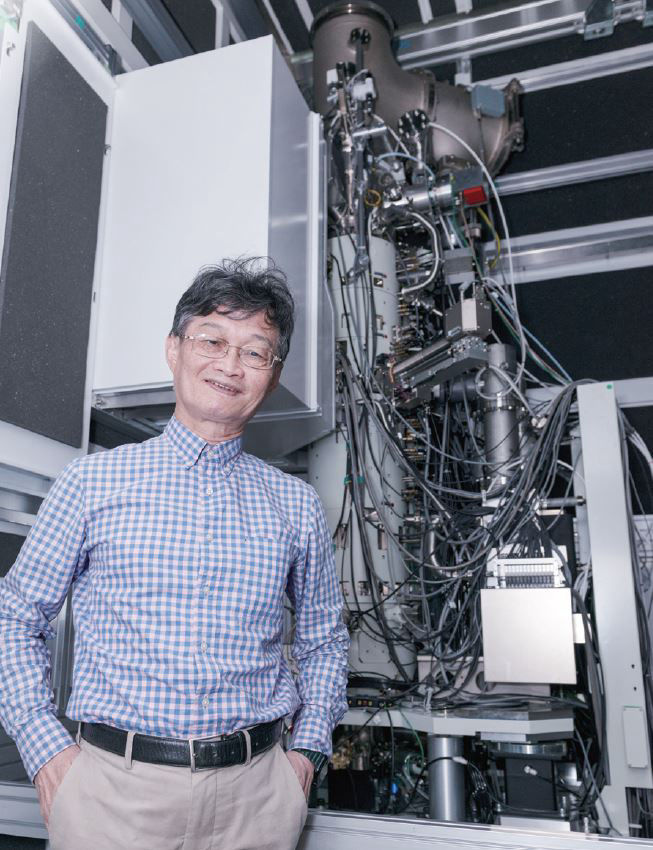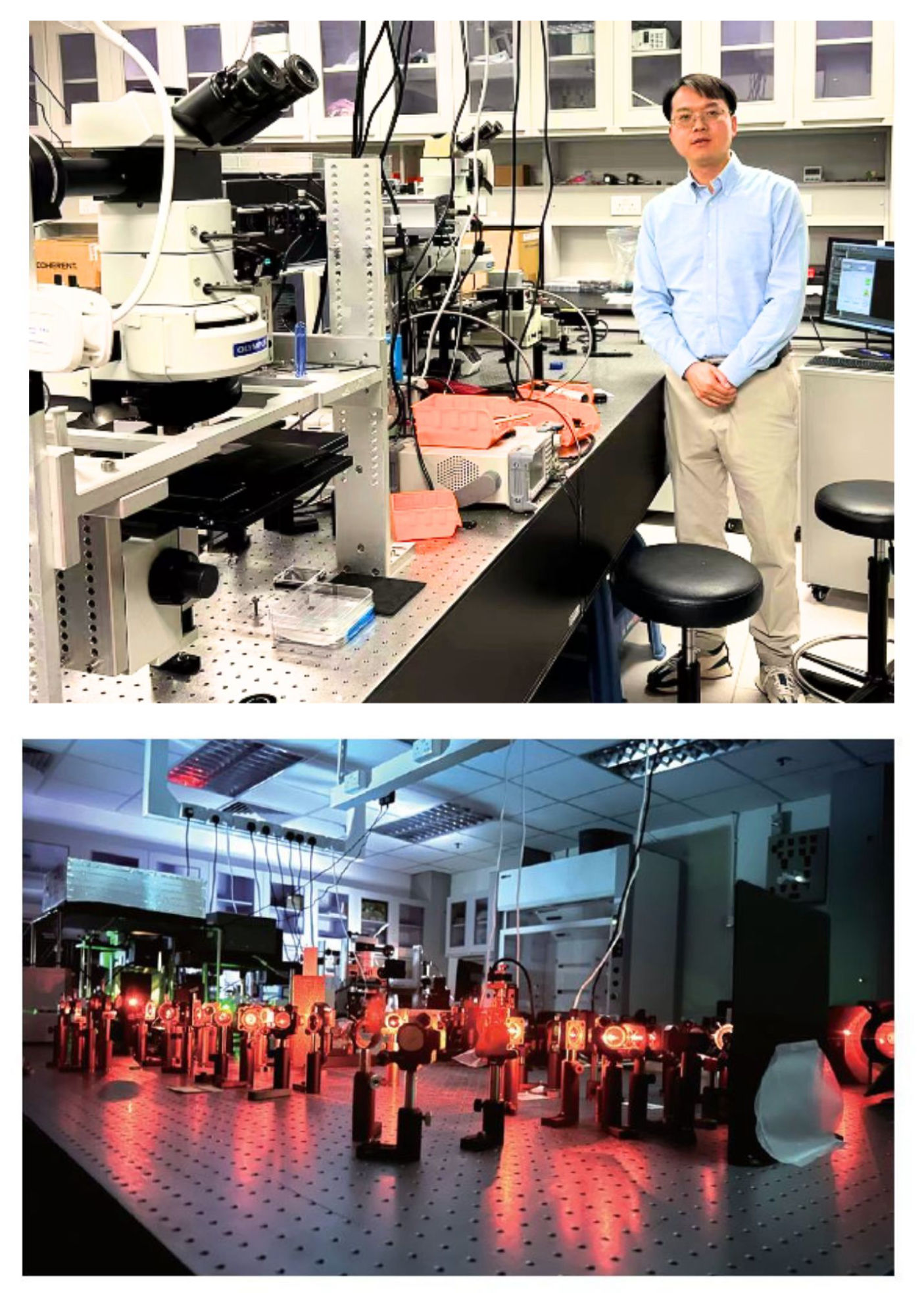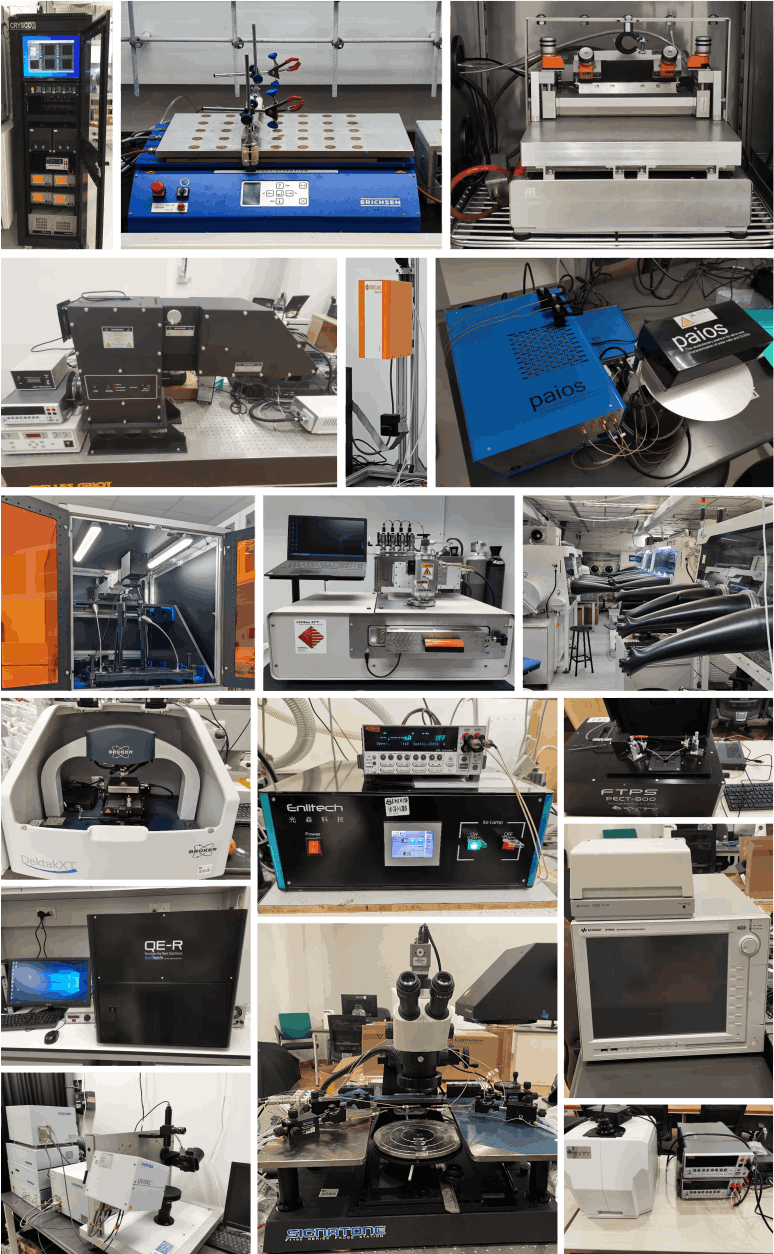Time-resolved Aberration Corrected Environmental (TRACE) Electron Microscope
Facilities In-charge: Fu-Rong CHEN
TRACE is a unique facility in CityU that could allow cutting-edge analysis at the atomic scale. This powerful microscope uses pioneering technology that allows Prof. CHEN and his researchers to be the first group of scientists to observe material properties at an atomic level – actually seeing the atoms moving very fast in 3D instead of 2D static images.
The cutting-edge technology in this microscope is twofold. Not only can it display atoms moving in 3D, but also allow the recovery of 2D images into 3D dynamics.
TRACE is equipped with an ultrafast pulsed electron source that could offer a much softer touch to the testing materials. It thus helps to maintain the integrity of the samples during the investigation. At the same time, the atomic-resolution structure and dynamics can be recorded with synchronization of ultrafast electron and fast-speed single electron sensitive camera. By gaining a better understanding of the structure of the materials under study, we can understand their physical properties to better develop new materials.
“All technology stems from new material innovation and this microscope can help us make better materials for clean energy,” says Prof. Chen. “Special instrumentation is needed for innovations and here at CityU our microscope
is unique.”
Usually, the atomic resolution of materials can be revealed for crystalline materials along a few particular crystallographic orientations, breakthroughs have already been made in resolving in 3D atom dynamics at spacetime resolution of 10-10 m.sec for helix materials including carbon nanotubes and single double-strand DNA from the TRACE TEM in CityU. The highest space-time resolution of 3D atom dynamics can be achieved is 10-13 m.sec in a 2D material, graphene.
Apart from clean energy, numerous industries will benefit from new materials, including IC chips, aerospace, medicine, and daily necessities. For instance, new
alloys with increased strength and toughness that can withstand extreme temperatures can be applied to the aerospace industry.
Read more:
CityU becomes the world’s first university to manufacture next-generation self-designed electron microscopes
20.04.2023



Follow Us